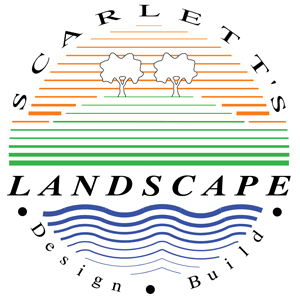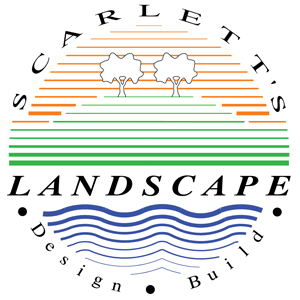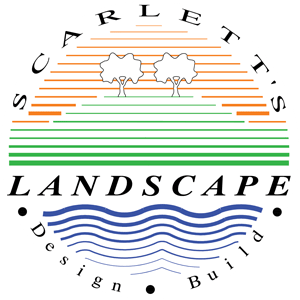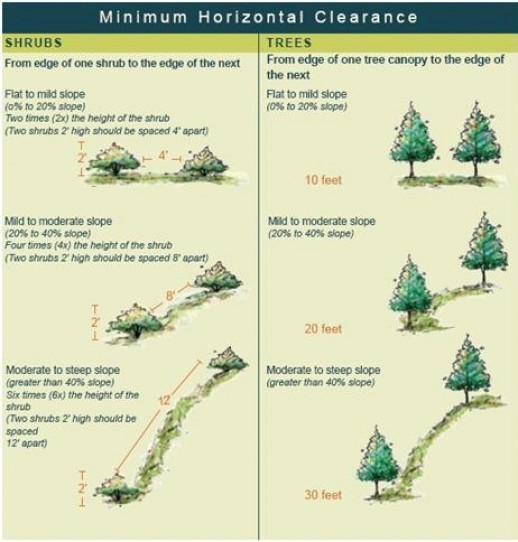Hillside Fire-Wise Planting – Newbury Park, Ventura, Thousand Oaks, Westlake Village, Moorpark, Calabasas, Malibu Landscape Design and Landscaping
Every year, California experiences devastating fires that often destroy homes. When we see the images of neighborhoods affected by the destruction and devastation, we sometimes might notice a home that is completely destroyed, but the homes on either side of it are completely unharmed. Why is that? More often than not, it’s because the homes still standing had a landscape that followed the Fuel Modification Zone guidelines.
According to the official guidelines published by LA County Fire, “A Fuel Modification Zone is a specific area where vegetation has been removed, planted, or modified in ways that increase the likelihood a structure will survive a wildfire, improves defensible space around that structure needed for firefighting activities (which is the most important), and prevents direct flame contact with structures.” (NOTE: Although this is published by LA County Fire, it holds as one of the key authorities on the matter and rules apply to all of California. Source’s Home page: http://fire.lacounty.gov/forestry/Forestry.asp)
There are a number of zones, each with a specific purpose and unique set of guidelines, and by following the rules of each zone you can increase the chances that you’re home may survive a wildfire. Here’s a general overview of each zone just to give you an idea of how they work. If you want to follow the fuel modification zone rules, please reference a more complete set of rules you can obtain through your local city or county fire department.
The following is the MINIMUM requirement:
Zone A (The Setback): This zone typically extends 20′ from the structure. ONLY low, lush green plants, such as ground covers, lawns, or small shrubs may be used in this zone. NO trees, large shrubs, or vines, ESPECIALLY near the structure.
Zone B (Irrigated Transition): This zone extends from Zone A to 100′ away from the structure. Ground covers, shrubs, and trees are permitted. The larger the plant, the more space is needed between it and other plants. (See the image below for general spacing rules)
Zone C (Thinned Native Brush): This zone extends from Zone B to 200′ away from the structure. This area SHALL NOT be irrigated and SHALL NOT have ANY non-native plants. Basically, this zone contains existing native shrubs that grown naturally on the slope. NO trees are permitted. The property owner is responsible for yearly thinning, required by the fire department. (See the image below for general spacing rules)
Other important things to note are:
Emergency Access: Make sure that access to your home from your street and driveway are clear of tree canopies and other obstructions that would prevent emergency vehicles from access.
Yearly Clearance (Brush Removal): As mandated by state and local laws, you must remove new growth brush for a defensible space around your property at least once per year. The general requirement is to have brush removed by July 1st, but check with your local city of county fire department for your community’s exact requirements.



